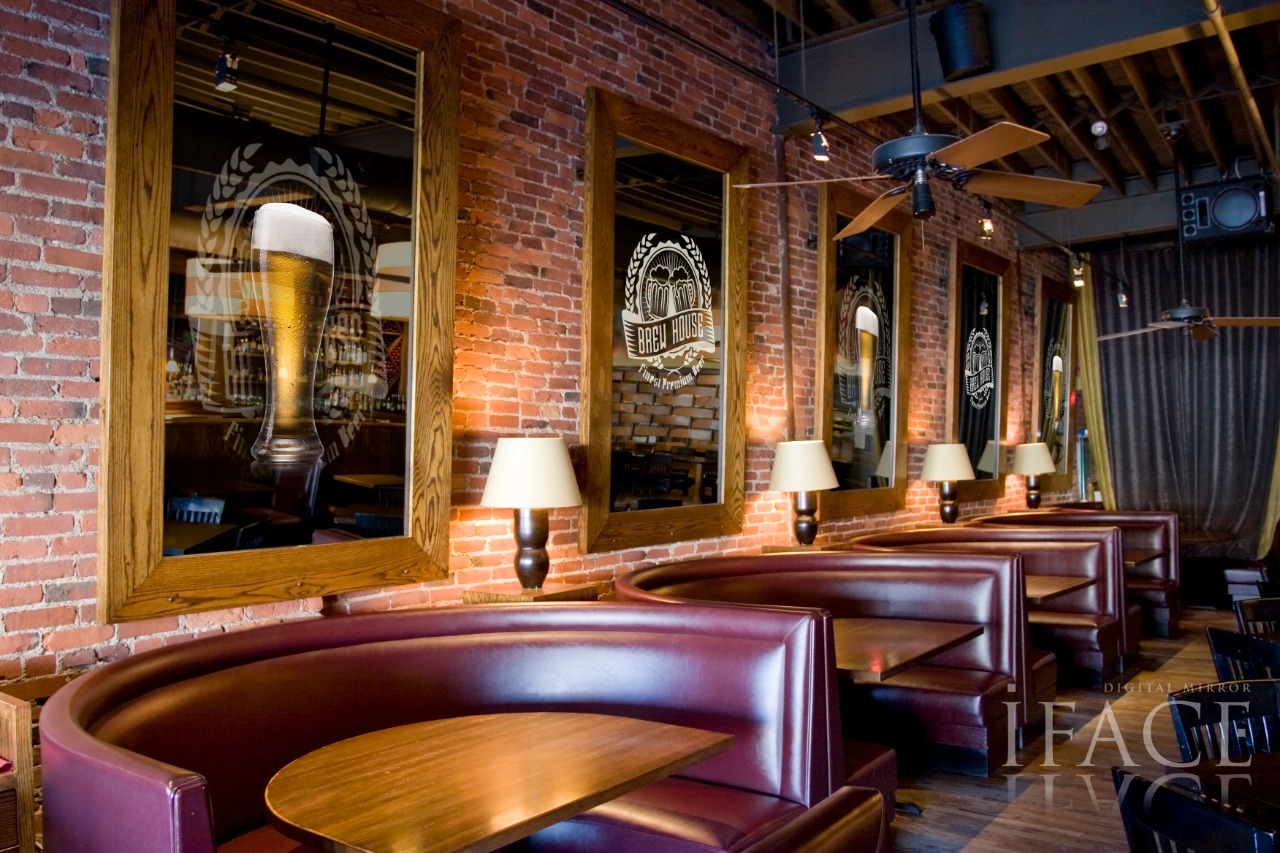Barbara Jarabik: Each marketing strategy has its own advantages and disadvantages, but the key to success is understanding which one will resonate best with your target audience. And whatever approach luxury brand managers take, they must ensure that their products and services remain aspirational. Finally, luxury marketers may focus on the emotional appeal of their brand, emphasizing the feelings of luxury and decadence that it evokes. This can be a very effective way to connect with customers on an emotional level and create loyalty to the brand. It can work particularly well when appealing to luxury travelers.

Create the clubhouse effect: A product isn’t luxurious if everyone has access to it. That’s why every luxury brand has an aura of exclusivity and rarity. I like to call it the clubhouse effect. If you can’t drop $2,000 on a purse, you’re not in the clubhouse. If you don’t own the $125,000 BMW, you’re not in the clubhouse. You get the point. You can create this effect by using rare materials, creating a limited amount of inventory, or only catering towards a very specific target audience. Have you ever seen those Yeezy sneakers everyone is going crazy about right now? They are the perfect example.
In Jonah Berger’s book, Contagious, he explains that one of the main reasons why people talk about things, and spread word of mouth (online or offline) is to display the traits that they want others to see in them. Charities, for example, are one of the most liked categorises of pages on Facebook. While some of this can be explained by altruism, it’s been found that the main driver for liking a charity on Facebook is to show others that you’re charitable. Because one of the primary motivations for buying luxury goods is to display status, brands can take advantage of this by creating and publishing content that, when others share, will make them look stylish, smart, or cool to their friends.
Say you sell shoes hand cobbled by the finest artisans in all of Montana. While the keyword “shoes” will certainly yield traffic, and some of those searchers may very well be interested in buying your exceptional kicks, the overwhelming majority of that traffic falls outside of your target demographic. This becomes even more of an issue as you begin to consider keywords with modifiers. “Cheap,” “sale,” and the dreaded “free” are all words that, when appended to a query, ostensibly eliminate a searcher as a prospect. Account-wide negative keywords ensure you never bid on terms you have no interest in paying for (on purpose or accidentally).

Generally speaking, luxury brand websites are very stylish, but perform poorly when it comes to user experience and functionality. Take Dom Perignon’s website for example. Once you’ve completed a non-essential age verification page, you enter a slow loading flash site that takes about 13 seconds on a high-speed Internet connection to load. If you’re still around, you reach a website that’s very difficult and confusing to navigate. The Chanel website is very similar in that, while the colours and visuals are nice, the design is so unintuitive that it’s almost impossible to find what you’re looking for, let alone buy anything. Discover even more information at Jarábik Barbara.
Digital signage mirrors are another way for luxury brands to advertise efficiently : The world digital signage mirrors market was estimated at USD 780 million in 2021. The world market is expected to grow steady at a CAGR of 12.21% to hit USD 910 million by 2023. Digital signage mirrors can vastly improve individual efficiency by choosing outfits as per weather updates while also offering bus and train schedules (including traffic updates). Digital signage mirrors in smart homes, planes, commercial spaces, hotels, etc. are designed to be connected to users as well as with different devices around. Energy efficiency is one of the major advantages that will drive the adoption of digital signage mirrors.